Home>Home Appliances>Laundry Appliances>How To Check The Water Level Sensor In A Washing Machine
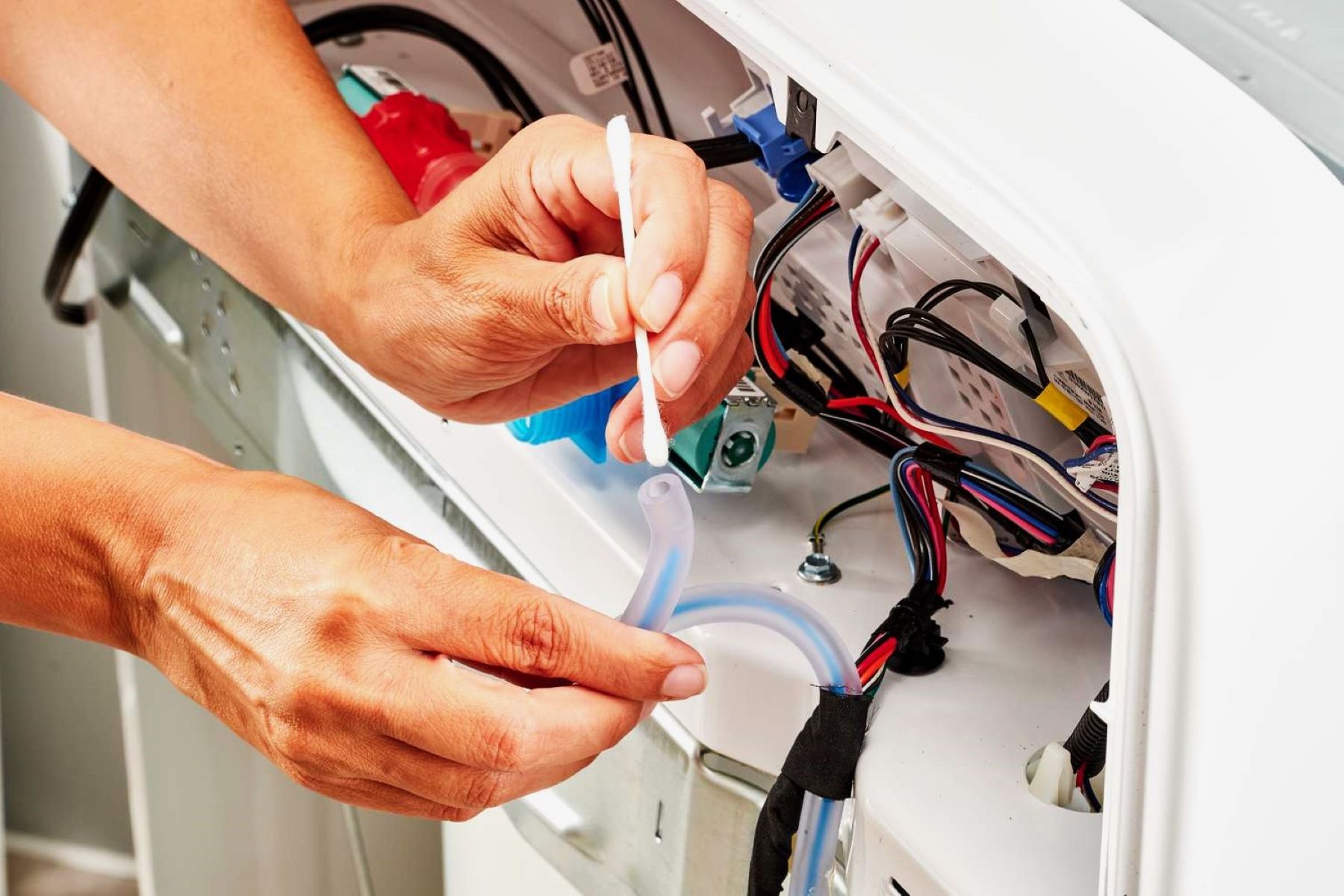

Laundry Appliances
How To Check The Water Level Sensor In A Washing Machine
Published: February 22, 2024
Learn how to troubleshoot the water level sensor in your laundry appliances. Discover step-by-step instructions for checking and fixing the sensor.
(Many of the links in this article redirect to a specific reviewed product. Your purchase of these products through affiliate links helps to generate commission for Storables.com, at no extra cost. Learn more)
Introduction
The water level sensor in a washing machine plays a crucial role in ensuring that the right amount of water is used during each wash cycle. This essential component is responsible for detecting the water level inside the machine and signaling the control board to regulate the inflow and outflow of water. By accurately monitoring the water level, the sensor contributes to the efficient operation of the washing machine, helping to conserve water and energy while delivering optimal cleaning results.
Understanding the significance of the water level sensor is essential for homeowners and laundry appliance enthusiasts. By familiarizing oneself with this component, individuals can gain insights into troubleshooting and maintaining their washing machines. Whether you're a DIY enthusiast or simply curious about the inner workings of your laundry appliances, delving into the functionality of the water level sensor can provide valuable knowledge and empower you to address potential issues effectively.
In the following sections, we will explore the intricacies of the water level sensor, including its role in the washing machine's operation, common signs of a faulty sensor, and step-by-step instructions for checking and testing this vital component. By the end of this comprehensive guide, you will be equipped with the knowledge and confidence to assess, troubleshoot, and potentially repair the water level sensor in your washing machine. Let's embark on this insightful journey to unravel the mysteries of this essential laundry appliance component.
Key Takeaways:
- The water level sensor in a washing machine is like a guardian that makes sure the right amount of water is used for each laundry load, helping to save water and energy while keeping your clothes clean.
- If your washing machine has issues like inconsistent water levels, cycle interruptions, or incomplete drainage, it might be due to a faulty water level sensor. Checking, testing, and cleaning the sensor can help maintain your machine’s performance.
Understanding the Water Level Sensor
The water level sensor, also known as a pressure switch, is a pivotal component within a washing machine, responsible for monitoring the water level during the various stages of the wash cycle. This sensor utilizes air pressure to determine the water level inside the machine's tub. As the water fills the tub, it exerts pressure on the air in the sensor's tube, which in turn triggers the switch to communicate with the control board.
The water level sensor typically features a small tube that connects to the bottom of the outer tub. As the water level rises, the air pressure within the tube increases, causing the sensor to activate and signal the control board to stop the water inlet valve. Conversely, when the water drains from the tub, the air pressure decreases, prompting the sensor to convey the need for additional water or to initiate the spin cycle.
This ingenious mechanism ensures that the washing machine uses the precise amount of water required for each load, contributing to efficient water usage and optimal washing performance. By accurately detecting the water level, the sensor facilitates the seamless coordination of water inflow and outflow, enabling the machine to deliver thorough cleaning while conserving resources.
Understanding the water level sensor's operation is essential for comprehending the intricacies of a washing machine's functionality. By grasping the role of this component, individuals can gain insights into the machine's water management system and appreciate the precision involved in regulating water levels throughout the wash cycle.
In summary, the water level sensor serves as a vital guardian of water usage and washing efficiency within a washing machine. Its ability to accurately monitor and respond to water levels ensures that each laundry load is treated with the appropriate amount of water, contributing to both environmental sustainability and the machine's overall performance.
Signs of a Faulty Water Level Sensor
Identifying potential issues with the water level sensor in a washing machine is crucial for maintaining the appliance's optimal performance. Several signs may indicate a faulty water level sensor, prompting homeowners to investigate and address the underlying problems. Recognizing these indicators can help prevent water-related mishaps and ensure the efficient operation of the washing machine.
-
Inaccurate Water Levels: One of the primary signs of a faulty water level sensor is inconsistent water levels during the wash cycle. If the machine consistently overfills or underfills with water, it may signify a malfunctioning sensor. This discrepancy can lead to inadequate cleaning or water spillage, highlighting the importance of promptly addressing the issue.
-
Cycle Interruptions: A malfunctioning water level sensor may cause interruptions in the wash cycle. If the machine repeatedly stops and starts during the filling or draining process, it could indicate that the sensor is failing to accurately detect the water levels. This disruption can be inconvenient and may compromise the overall washing performance.
-
Incomplete Drainage: Another potential sign of a faulty water level sensor is incomplete drainage at the end of the wash cycle. If the tub retains excess water after the cycle has concluded, it may point to a malfunctioning sensor that fails to signal the control board to initiate the drainage process effectively.
-
Error Codes or Alerts: Many modern washing machines are equipped with error code systems to alert users to potential malfunctions. If the machine displays error codes related to water levels or drainage, it could indicate a problem with the water level sensor. These error codes serve as valuable indicators of underlying issues that require attention.
-
Unusual Noise or Vibration: A malfunctioning water level sensor may lead to unusual noise or vibration during the wash cycle. If the machine exhibits unexpected sounds or excessive vibration, it could be attributed to the sensor's inability to regulate water levels effectively, impacting the overall balance and operation of the appliance.
Recognizing these signs of a faulty water level sensor empowers homeowners to take proactive measures to address potential issues. By promptly investigating and resolving sensor-related problems, individuals can ensure the smooth operation of their washing machines and maintain optimal water usage efficiency.
In the subsequent sections, we will delve into the essential steps for checking and testing the water level sensor, providing valuable insights into troubleshooting and potentially repairing this critical component of a washing machine.
Steps to Check the Water Level Sensor
Checking the water level sensor in a washing machine involves a systematic approach to assess its functionality and identify potential issues. By following these essential steps, homeowners and DIY enthusiasts can gain valuable insights into the condition of the sensor and determine if further testing or maintenance is necessary.
-
Safety Precautions: Before initiating any inspection or maintenance procedures, it is crucial to ensure the safety of the individual performing the checks. This includes unplugging the washing machine from the power source to prevent electrical hazards and ensuring a stable and well-lit work area.
-
Accessing the Sensor: Depending on the model of the washing machine, accessing the water level sensor may require removing the machine's cabinet or control panel. It is essential to consult the appliance's manual or online resources to determine the specific steps for accessing the sensor. Once the sensor is accessible, it is advisable to take note of its location and the connections leading to it.
-
Inspecting the Tub Hose: The water level sensor is typically connected to a small hose that runs from the bottom of the outer tub to the sensor itself. Inspect this hose for any signs of damage, blockages, or disconnections. Ensure that the hose is securely attached to both the tub and the sensor, as any issues with this connection can affect the sensor's ability to accurately detect water levels.
-
Checking for Debris: Over time, debris and sediment can accumulate within the tub hose or the sensor itself, potentially interfering with its operation. Carefully inspect the sensor and the hose for any obstructions, and if necessary, gently clean the components to remove any buildup that may impede the sensor's functionality.
-
Testing the Air Pressure: To assess the sensor's responsiveness, it is possible to perform a simple air pressure test. This involves blowing into the sensor's hose while the machine is in operation to simulate the pressure changes that occur as the tub fills with water. By observing the machine's response to the simulated pressure changes, individuals can gain insights into the sensor's ability to detect and react to varying water levels.
-
Consulting the Manual: If the initial checks and tests do not reveal any obvious issues with the water level sensor, it is advisable to consult the washing machine's manual for specific troubleshooting guidelines. The manual may provide additional diagnostic steps or recommend professional assistance if the sensor appears to be functioning correctly but issues persist.
By diligently following these steps to check the water level sensor, individuals can gain a comprehensive understanding of this critical component's condition and its impact on the washing machine's performance. This proactive approach empowers homeowners to identify potential sensor-related issues and take appropriate measures to ensure the appliance's efficient operation.
Testing the Water Level Sensor
Testing the water level sensor in a washing machine is a crucial step in assessing its functionality and identifying potential issues that may affect the appliance's performance. By conducting thorough and systematic tests, homeowners and DIY enthusiasts can gain valuable insights into the sensor's responsiveness and its ability to accurately detect water levels during the wash cycle.
One of the primary methods for testing the water level sensor involves simulating the pressure changes that occur as the tub fills with water. This can be achieved by blowing into the sensor's hose while the washing machine is in operation. As air is blown into the hose, the sensor should detect the simulated pressure increase and respond accordingly by signaling the control board to regulate the water inlet valve. Observing the machine's response to the simulated pressure changes provides valuable insights into the sensor's functionality and its ability to accurately detect and react to varying water levels.
During the test, it is essential to closely monitor the washing machine's behavior as the simulated pressure changes are introduced. If the sensor is functioning correctly, it should effectively interpret the pressure variations and initiate the appropriate actions, such as controlling the water inlet valve to maintain the desired water level. Conversely, if the sensor fails to respond or exhibits inconsistent behavior during the test, it may indicate potential issues with its functionality, necessitating further investigation and potential maintenance or replacement.
Additionally, some washing machines are equipped with diagnostic modes that allow users to perform specific tests, including those related to the water level sensor. Accessing the appliance's diagnostic mode, as outlined in the user manual, can provide a more comprehensive assessment of the sensor's performance. By following the prescribed steps within the diagnostic mode, individuals can gain detailed insights into the sensor's responsiveness and its interaction with the control board, aiding in the identification of any underlying issues affecting its functionality.
In summary, testing the water level sensor involves simulating pressure changes and observing the machine's response, as well as utilizing diagnostic modes if available, to comprehensively assess the sensor's performance. By conducting these tests, individuals can gain valuable insights into the sensor's functionality and take proactive measures to address any potential issues, ensuring the efficient operation of the washing machine.
If your washing machine is not filling with water or overfilling, check the water level sensor. It may be clogged or faulty, causing the machine to not detect the water level correctly. Clean or replace the sensor to fix the issue.
Troubleshooting and Repairing the Water Level Sensor
Troubleshooting and repairing the water level sensor in a washing machine requires a systematic approach to identify and address potential issues affecting its functionality. By following essential guidelines and employing practical techniques, homeowners and DIY enthusiasts can effectively diagnose sensor-related problems and undertake appropriate measures to restore the sensor's optimal performance.
Inspecting Electrical Connections
One of the initial steps in troubleshooting the water level sensor involves inspecting its electrical connections. Over time, these connections may become loose or corroded, hindering the sensor's ability to communicate with the control board effectively. By carefully examining the wiring and terminals associated with the sensor, individuals can identify any signs of damage or deterioration, addressing them promptly to ensure secure and reliable electrical connections.
Testing Continuity and Resistance
Utilizing a multimeter, individuals can test the continuity and resistance of the water level sensor to assess its electrical functionality. This involves measuring the electrical continuity of the sensor's circuit and evaluating its resistance to ensure that it aligns with the manufacturer's specifications. By conducting these tests, individuals can gain insights into the sensor's electrical integrity and identify any irregularities that may indicate underlying issues requiring attention.
Cleaning and Maintenance
In some cases, the water level sensor may be affected by debris or sediment accumulation, potentially impeding its operation. Thoroughly cleaning the sensor and its associated components, such as the tub hose and air chamber, can help alleviate potential obstructions and restore the sensor's responsiveness. Additionally, performing routine maintenance on the sensor, including inspecting and cleaning its connections, can contribute to its long-term reliability and performance.
Replacement and Professional Assistance
If troubleshooting efforts do not resolve the issues with the water level sensor, or if individuals encounter significant electrical or mechanical faults, it may be necessary to consider replacing the sensor. Consulting the washing machine's manual or seeking professional assistance from a qualified technician can provide valuable guidance in determining the appropriate replacement sensor and ensuring its proper installation. Professional expertise can also be instrumental in diagnosing complex sensor-related issues and conducting thorough repairs to restore the washing machine's optimal functionality.
By diligently following these troubleshooting and repair guidelines, individuals can effectively address potential issues with the water level sensor and contribute to the efficient operation of their washing machines. This proactive approach empowers homeowners to maintain their appliances and address sensor-related concerns with confidence and precision.
Frequently Asked Questions about How To Check The Water Level Sensor In A Washing Machine
Was this page helpful?
At Storables.com, we guarantee accurate and reliable information. Our content, validated by Expert Board Contributors, is crafted following stringent Editorial Policies. We're committed to providing you with well-researched, expert-backed insights for all your informational needs.
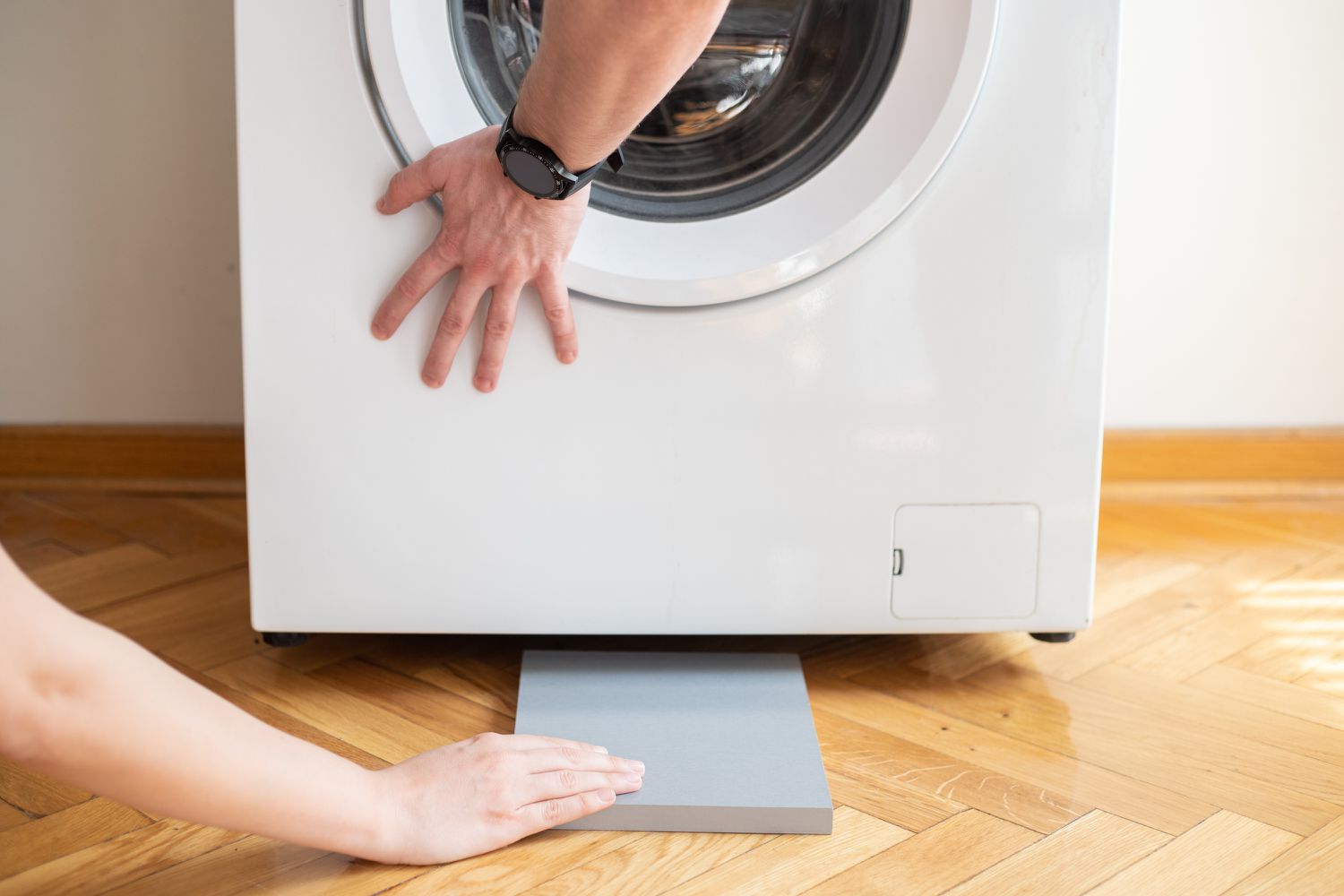
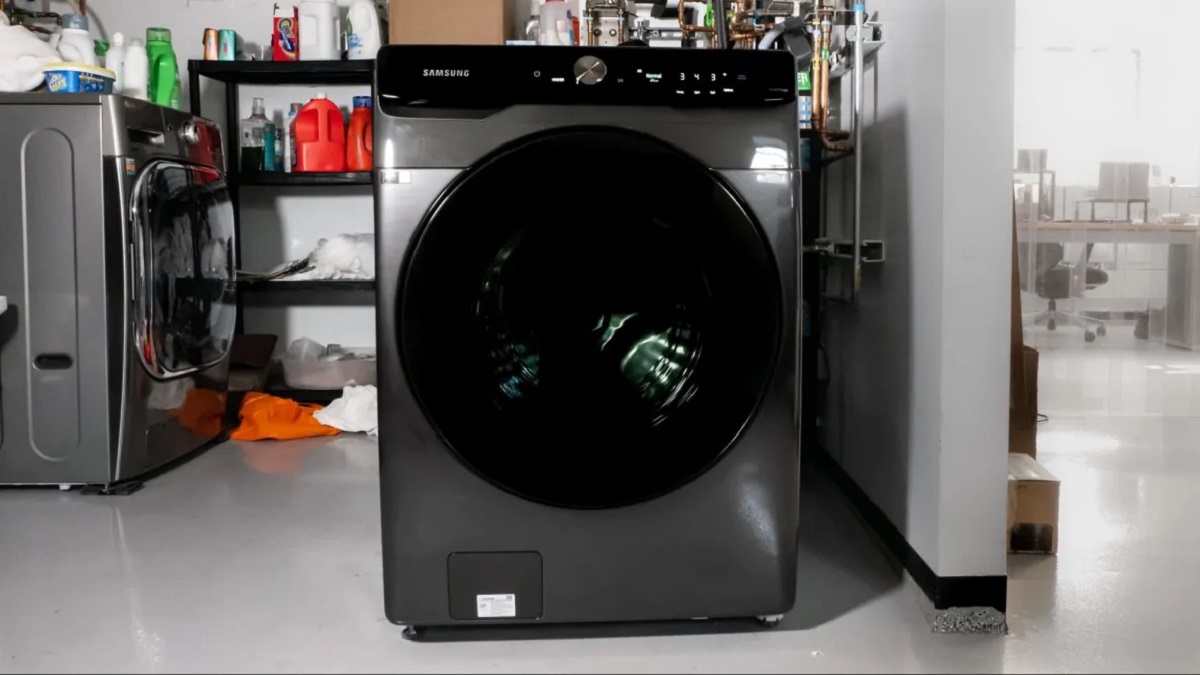
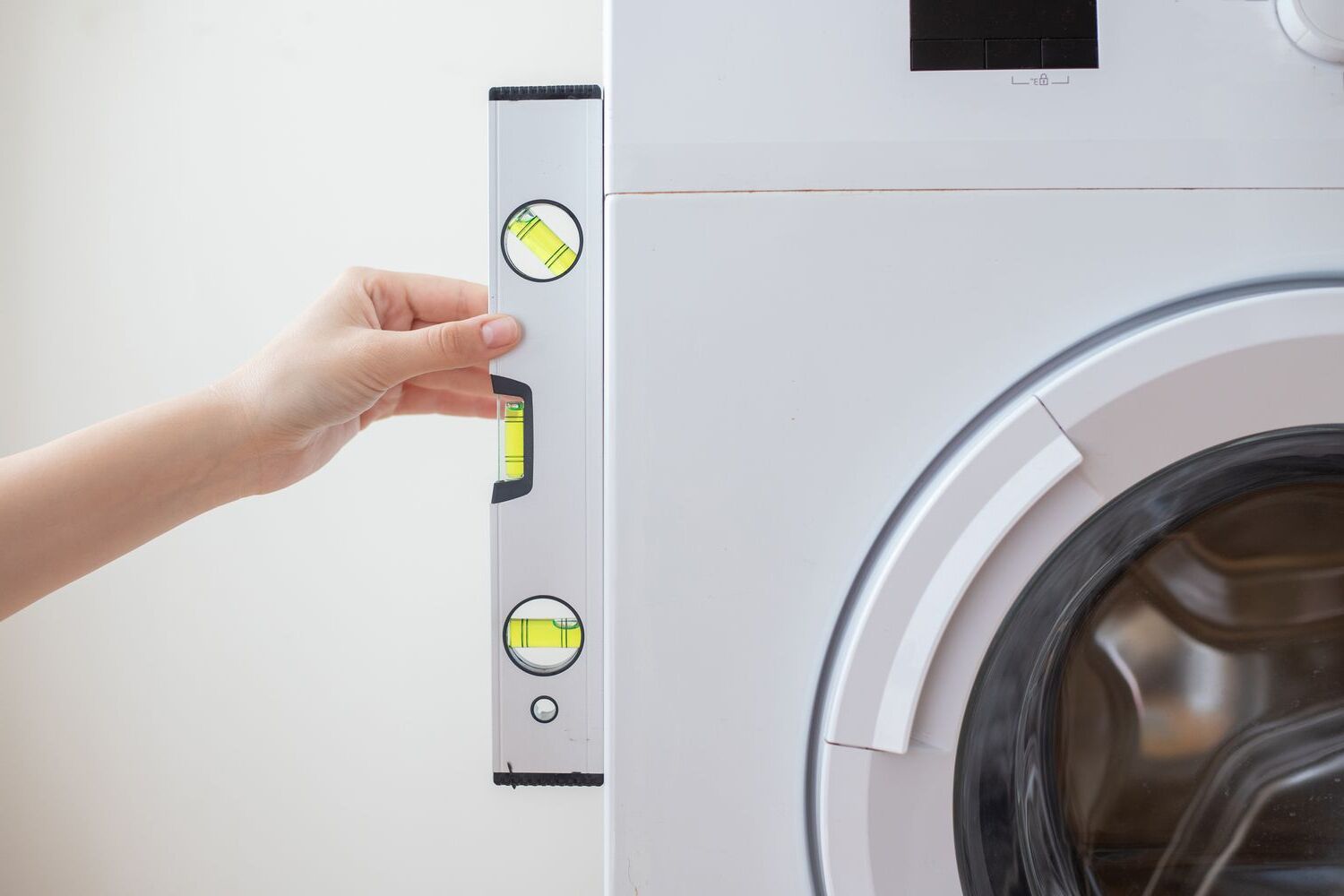
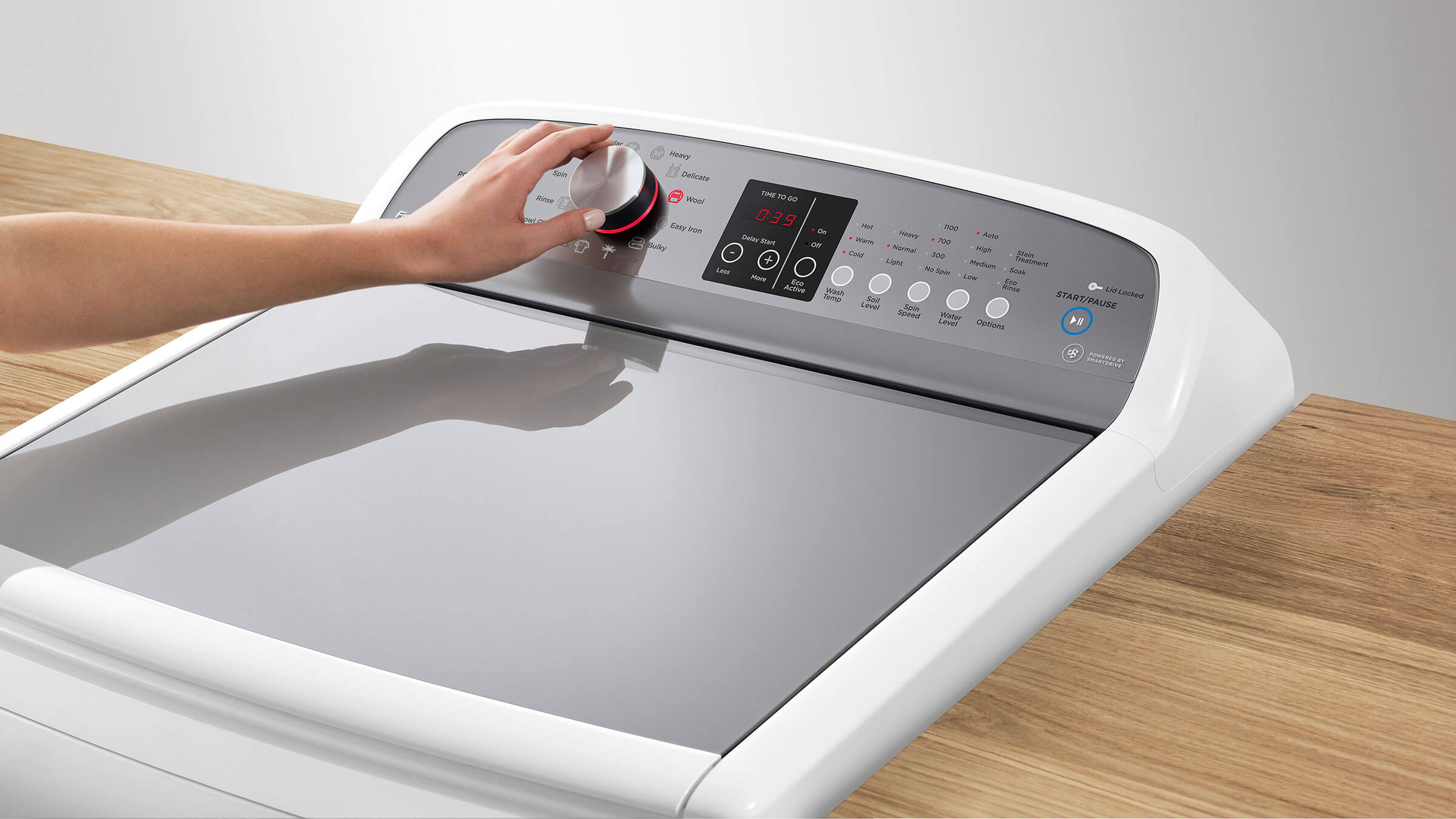
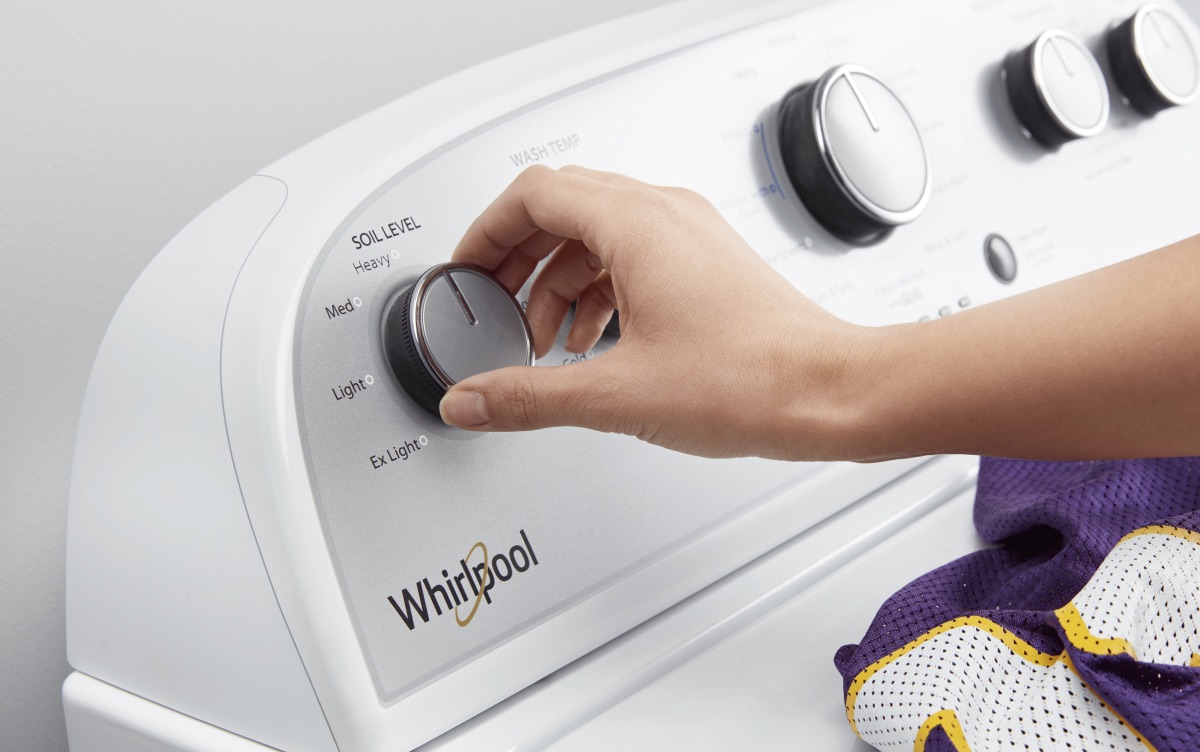
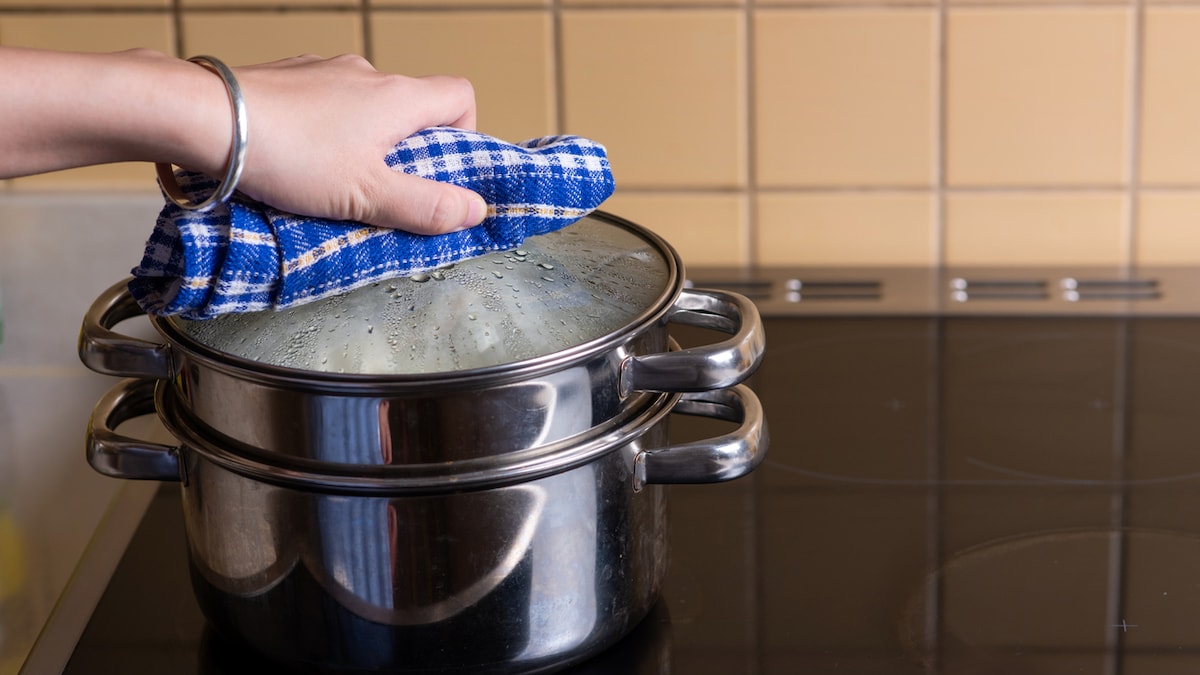
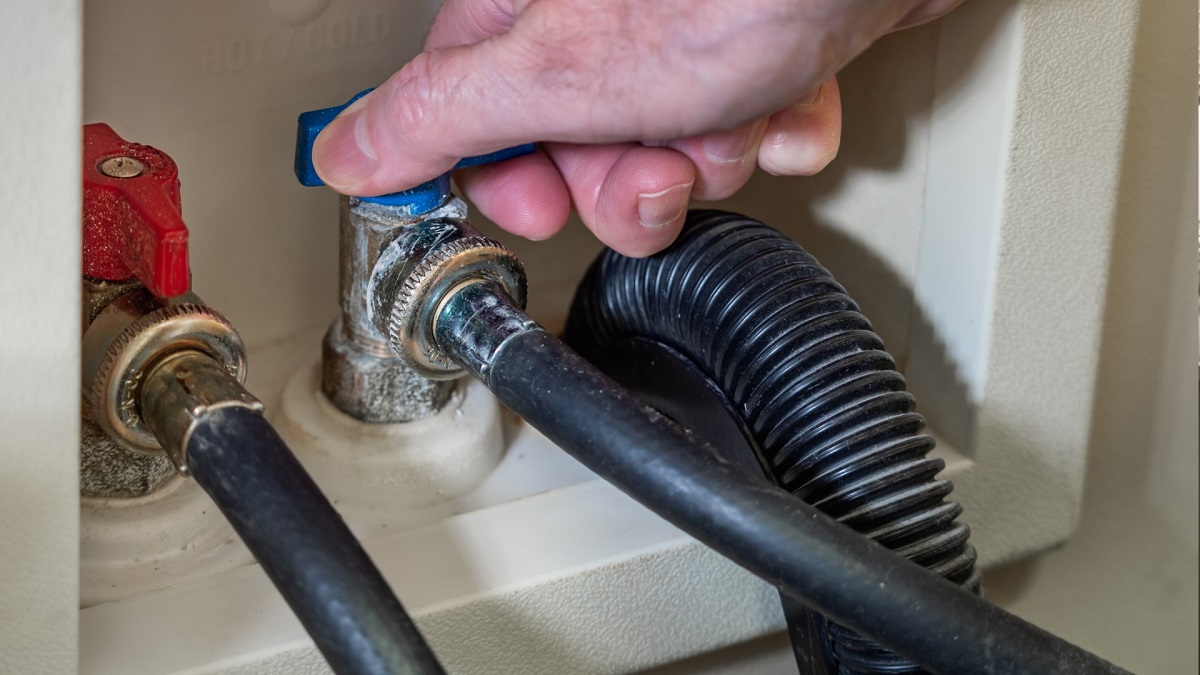
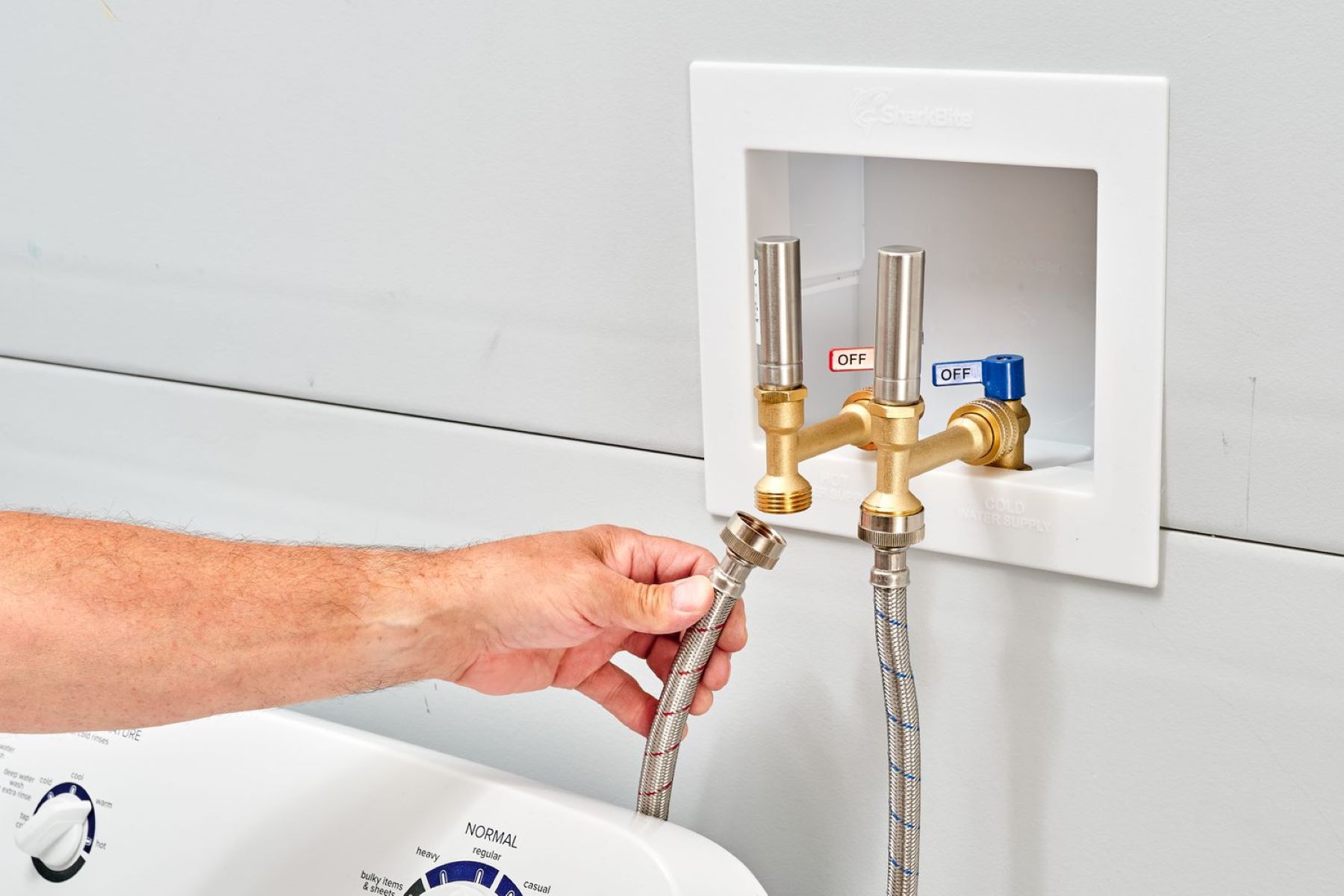
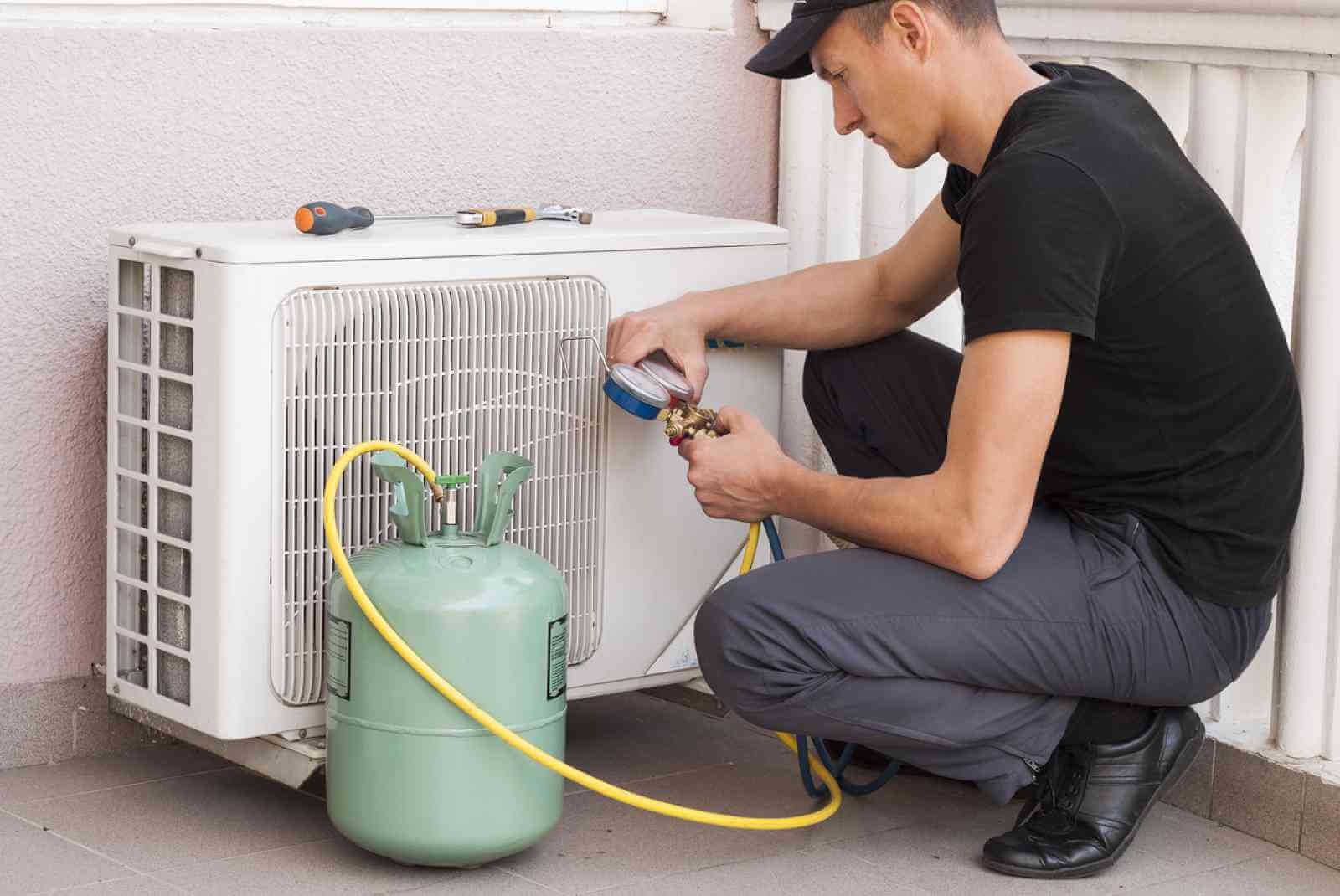
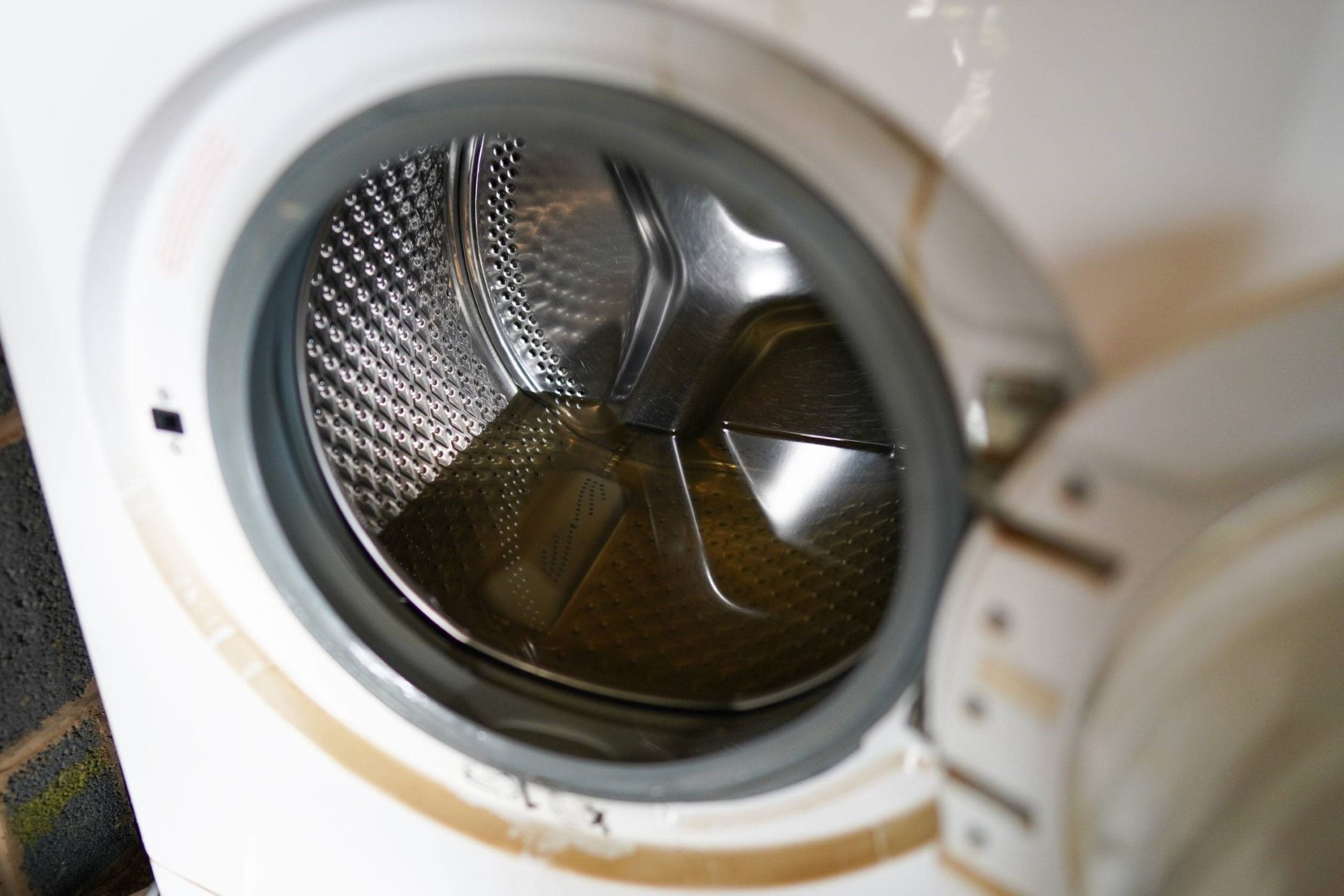
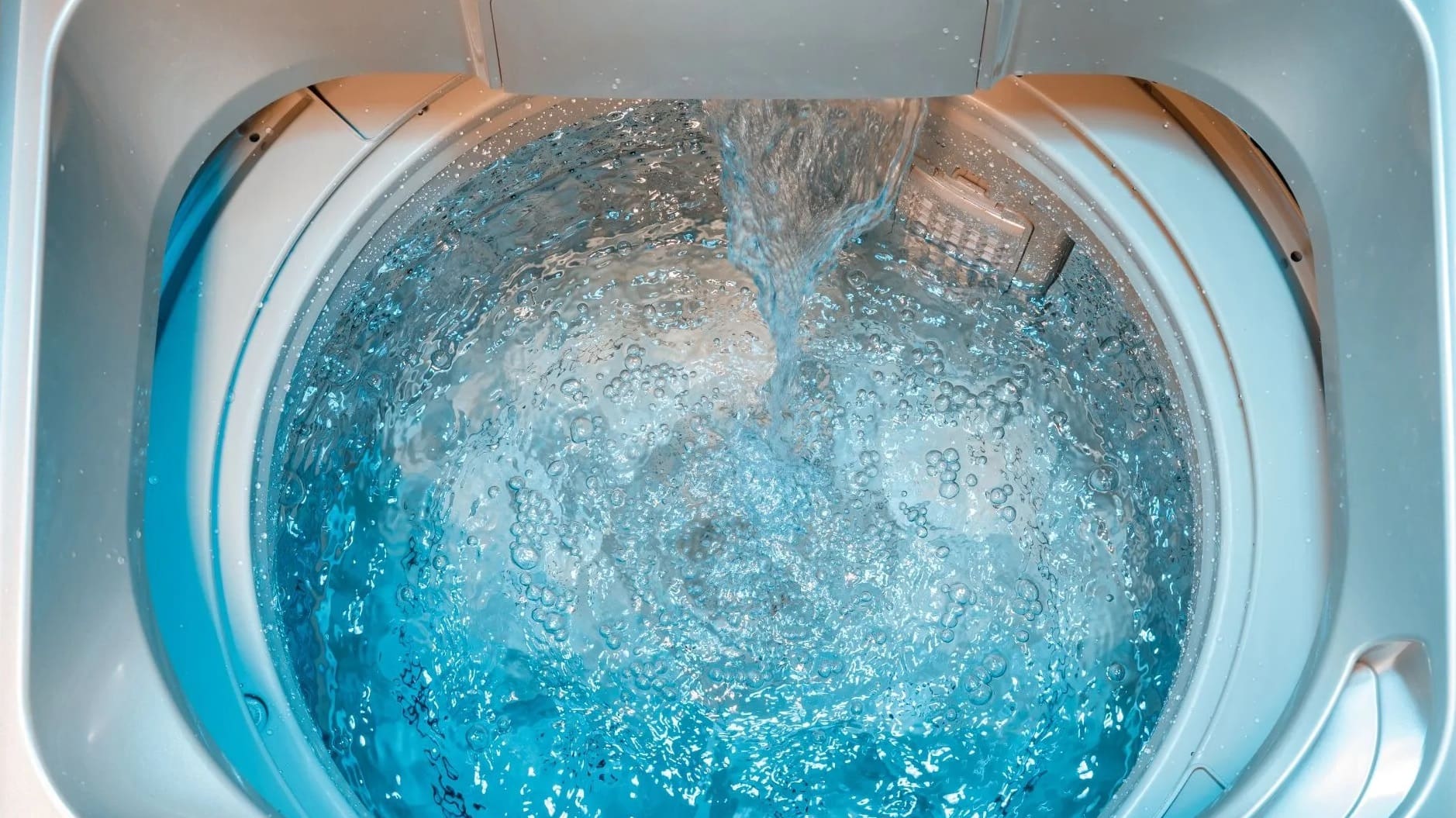
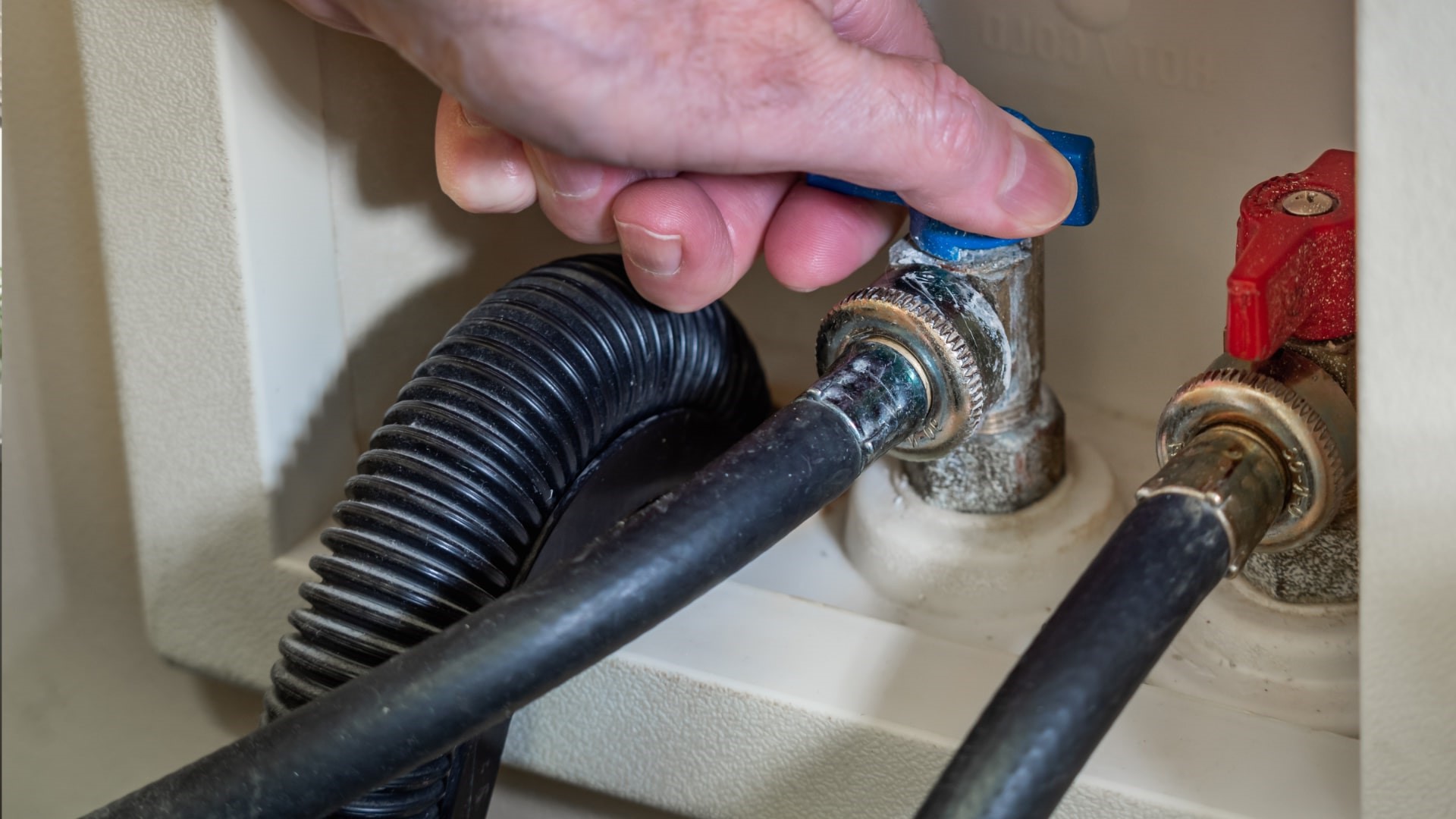
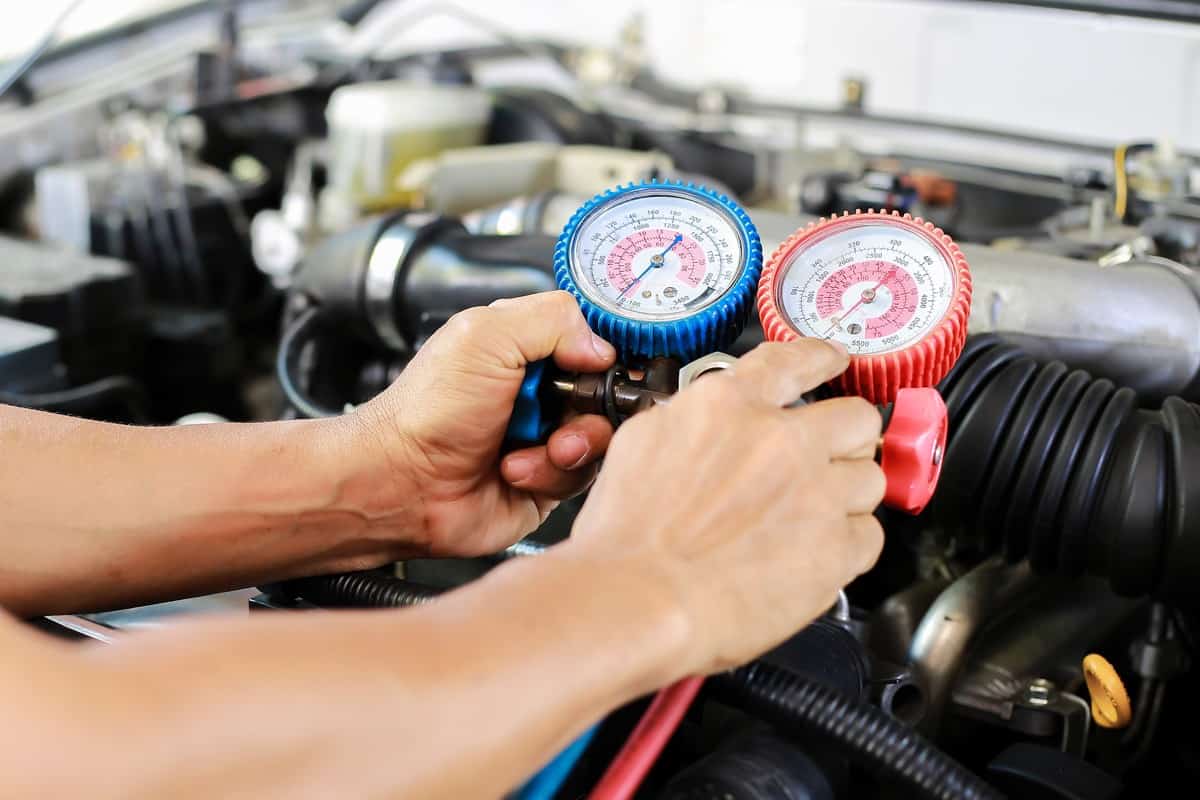

0 thoughts on “How To Check The Water Level Sensor In A Washing Machine”